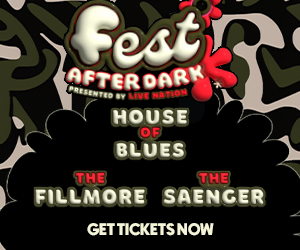While New Orleans is most known to tourists for its music, food and open-container laws, it also has many great museums that celebrate its unique, rich history. In order to bolster museum visitation and cultural education in the city’s oldest neighborhood, seven non-profit museums are collaborating to create the French Quarter Museum Association.
Member institutions include the Beauregard-Keyes Historic House and Garden Museum, Hermann-Grima + Gallier Historic Houses, The Historic New Orleans Collection, Louisiana State Museums (which includes the Cabildo the Presbyteré and the 1850 House), New Orleans Jazz Museum at the U.S. Mint, New Orleans Pharmacy Museum and the Catholic Cultural Heritage Center (which includes the Old Ursuline Convent. St. Louis Cathedral and St. Anthony’s Garden).
“Approximately 11 million people visit the French Quarter annually, and that figure doesn’t even factor in locals,” The Historic New Orleans Collection Deputy Director and Vice President, Daniel Hammer, said. The goal of the FQMA is to make museums in the Vieux Carré as integral to the New Orleans experience as a stroll down Bourbon Street.”
To celebrate this unprecedented museum collaboration, THNOC is hosting the French Quarter Museums Association Visitors Center at 533 Royal Street. There is a representative to provide information, a brochure with special discounts and a map of participating institutions. The Visitors Center will be a learning experience in itself, with a gallery of pictures and text explaining the thirteen destinations encompassed by the seven museums of the FQMA. Those who visit five of these locations are rewarded with a free dessert from Dickie Brennan’s Tableau Restaurant. Admission to the Visitors Center is free.
The Visitors Center at THNOC is open Tuesday to Saturday 9:30 a.m. to 4:30 p.m and Sunday 10:30 a.m. to 4:30 p.m. Though the Visitor’s Center will only continue through the end of the tricentennial year, tourists and locals alike can look forward to more FQMA collaborative programming in the future.




